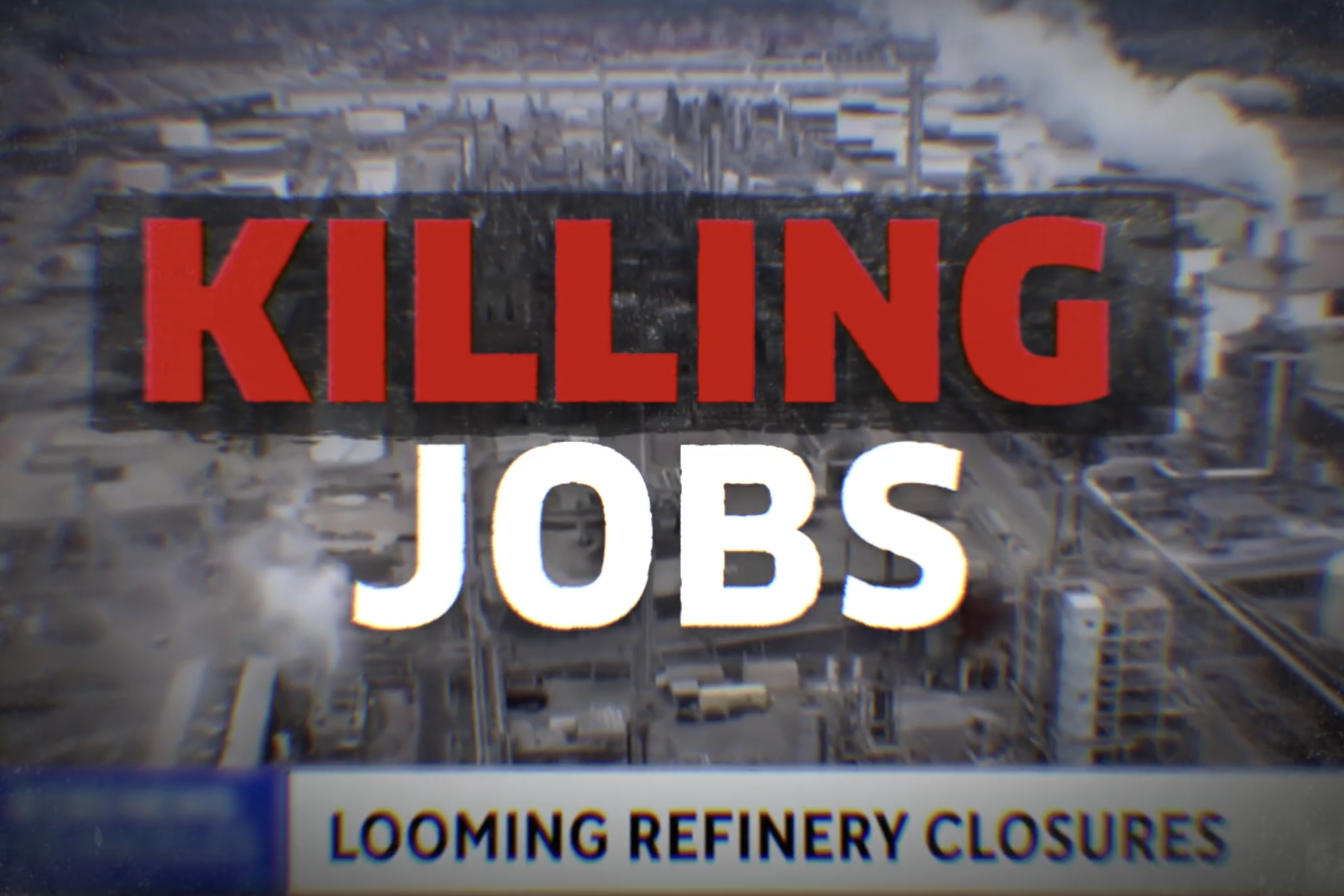One of the latest issues at the forefront of the Renewable Fuel Standard (RFS) debate centers around allowing fuel containing 15 percent ethanol, or “E15,” to be sold year round. Air quality regulations currently prevent E15 from being sold in the summer months due to its potential for higher emissions. Biofuel interests have claimed waiving these air quality restrictions would help advance the objectives of the RFS and lower prices for its compliance credits – known as Renewable Identification Numbers or RINs. Their argument rests on the claim that “more E15 means more RINs” and, thus, lower RIN prices. Yet in a flat motor fuel demand environment, it is nearly impossible for E15 to make up the gap between the amount of ethanol all vehicles and infrastructure can safely handle and a mandate requiring 15 billion gallons of conventional biofuel.
One of the core challenges in meeting the RFS is the “blendwall,” the maximum content of ethanol that all vehicles and engines and infrastructure can safely handle. This volume of ethanol represents about 10 percent of U.S. annual gasoline consumption, roughly 14.3 billion gallons. However, the RFS requires that 15 billion gallons of ethanol be mixed into the fuel supply, creating a 700 million gallon gap between the “blendwall” and the mandate. A very small, but growing, number of gasoline stations and automobiles are equipped to handle fuel containing more than 10 percent ethanol, specifically E15. EPA estimates that 1,065 stations currently sell E15, slightly less than one percent of the country’s 150,000 fueling stations. Additionally, only about a quarter of automobiles on the road have warrantees to run on E15. It is evident, in other words, that the infrastructure barrier itself will significantly inhibit greater E15 penetration for some time.
The issue is exacerbated when one assesses the ability of E15 to generate additional biofuel credits. Each gallon of ethanol produced has a RIN attached to it, but those RINs can only be used for RFS compliance when biofuel is blended into gasoline. In other words, when a gallon of E10 (gasoline containing 10 percent ethanol, which represents the majority of fuel consumed today) is sold, it makes 0.1 RINs available for RFS compliance. The U.S. Energy Information Administration (EIA) projects relatively flat, if not declining, gasoline demand in the U.S. for the foreseeable future. With flat fuel demand, each gallon of E15 simply replaces an E10 gallon, thus generating only another 0.05 incremental RIN per gallon sold for compliance. In light of this reality, it will require nearly 14 billion gallons of E15 to be sold in the market to bridge the blendwall gap, or 10 percent of all fuel demand. How realistic is that scenario?
Minnesota is home to 253 stations that sell E15, roughly 24 percent of all the national outlets offering the fuel. It is also one of the only states that regularly reports E15 sales. In June, the Minnesota Bio-Fuels Association reported 23 million gallons of E15 sold to date. If one were to assume Minnesota were able to double E15 sales to date for an annual total of 46 million gallons, far short of the 14 billion gallons of E15 needed to close the blendwall gap, only 2.3 million RINs more than the status quo would be generated. Ethanol producer Green Plains estimates only 175 million gallons of E15 nationwide will be sold in 2018, which would only result in 8.75 million new RINs over the status quo. In light of these facts, it’s extremely unlikely E15 consumption can add enough RINs to make any appreciable progress towards overcoming the blendwall any time in the next decade.
To sum up, the sheer magnitude of E15 that would need to be sold to make up the blendwall gap, coupled with the enormous infrastructure hurdles associated with vehicle and infrastructure compatibility, proves that allowing E15 to be sold year round alone will not appreciably add enough RINs to the market to keep prices from skyrocketing to the levels that forced the largest East Coast refinery to go bankrupt earlier this year. In order to protect manufacturing jobs—and in an effort to set realistic expectations among fuel industry participants, from producers to gas stations to consumers—it is critical that any government action allowing E15 to be sold year round be coupled with a push for the permanent reforms to the RFS that are necessary to keep RIN prices in check.


